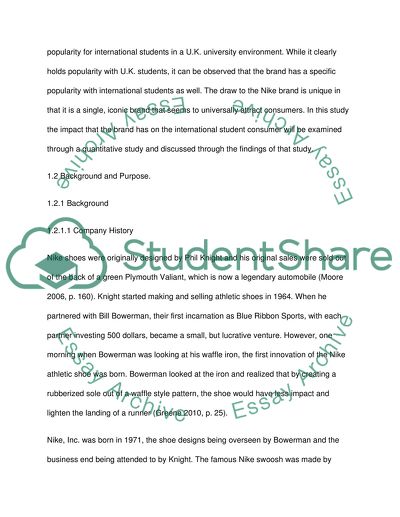Cite this document
(“Why Nike is Successful in Sport Area among International Students in Essay”, n.d.)
Retrieved from https://studentshare.org/social-science/1406658-why-nike-is-successful-in-sport-area-among
Retrieved from https://studentshare.org/social-science/1406658-why-nike-is-successful-in-sport-area-among
(Why Nike Is Successful in Sport Area Among International Students in Essay)
https://studentshare.org/social-science/1406658-why-nike-is-successful-in-sport-area-among.
https://studentshare.org/social-science/1406658-why-nike-is-successful-in-sport-area-among.
“Why Nike Is Successful in Sport Area Among International Students in Essay”, n.d. https://studentshare.org/social-science/1406658-why-nike-is-successful-in-sport-area-among.


